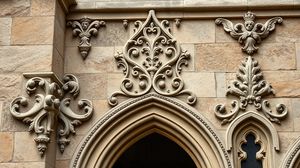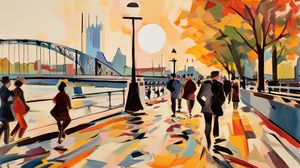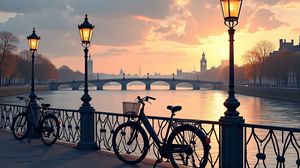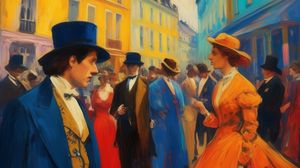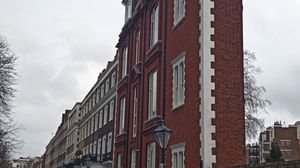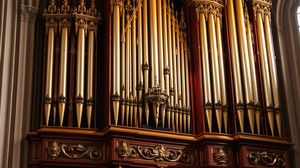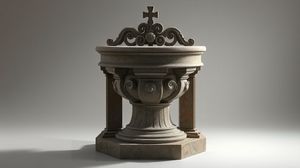
Chelsea Old Church, also known as All Saints Church, is a remarkable historical landmark in the heart of Chelsea, London. Its origins can be traced back to the 12th century, making it one of the few surviving medieval churches in London. Despite suffering severe damage during World War II, it was meticulously restored, preserving its historical charm and significance.
This church is notably recognized for its connections to the Tudor era. Sir Thomas More, the famed Lord Chancellor of England, worshipped here and his statue stands outside the church, a striking tribute to his legacy. Additionally, his burial vault is housed within the church, adding to its rich historical tapestry.
An intriguing feature of Chelsea Old Church is its strong association with influential historical figures. Among its notable former congregants is King Henry VIII, who often visited with his wife Catherine Parr, showcasing its status as a place of significance during the Tudor period.
Art enthusiasts will find interest in the exquisite stained glass windows of Chelsea Old Church. These windows feature designs from the 16th century, and some were crafted by Sir Edward Burne-Jones, providing a glimpse into the artistic heritage of the church.
The church's architecture is a fascinating blend of medieval and Gothic Revival styles. This unique combination reflects the restoration efforts carried out in the mid-20th century, carefully integrating new construction with the ancient fabric of the building.
One of the more curious facts about Chelsea Old Church is its royal connections that extend beyond the Tudors. It is believed that some of the church's land was donated by none other than Queen Elizabeth I, highlighting its historical importance to the monarchy.
Chelsea Old Church is not just a place of worship; it is a testament to resilience. Despite the ravages of time and war, the church stands as a symbol of endurance and faith, continuing to serve the community while preserving its storied legacy.
Visitors to Chelsea Old Church often remark on the tranquility found within its walls. Despite its busy urban surroundings, it offers a peaceful retreat filled with layers of history waiting to be discovered.

Making the Most of Your Visit:
Start your visit by taking a moment to appreciate the statue of Sir Thomas More outside the church. It's not just a tribute to his legacy, but also a hint to the incredible history that this church has witnessed over the centuries.
Once inside, make a beeline for the stunning stained glass windows. They're not just beautiful, but also historical, with the works of Sir Edward Burne-Jones giving you a peek into the artistry of the past. Spend some time really looking at the intricate designs and colors.
If you're intrigued by Tudor history, try to locate Sir Thomas More's burial vault inside the church. It's a fascinating connection to a period when this church was a focal point for some of history's most intriguing characters, including King Henry VIII and Catherine Parr.
Pay attention to the unique blend of architecture throughout the church. With its medieval roots and Gothic Revival elements, the building itself tells a story of resilience and restoration, beautifully merging the old with the new.
Don't forget to take a moment to simply sit and absorb the tranquility of the space. Despite being surrounded by the hustle and bustle of London, Chelsea Old Church offers a sense of peace and reflection that harks back to its long history as a place of worship.

Visiting Times & Costs:
Chelsea Old Church, also referred to as All Saints Church, is generally open to the public. Visitors are recommended to check in advance for specific opening times, especially around public holidays or special events when hours might vary.
Opening Hours: Typically, the church is open from morning until late afternoon. However, it's advisable to verify current visiting hours before planning your visit.
Admission: Entry to Chelsea Old Church is typically free, although donations are welcome to help with the upkeep and preservation of the church.
Accessibility: The church strives to be accessible to all visitors. However, due to its historical architecture, there may be some limitations for those with mobility challenges. Visitors with specific accessibility needs are encouraged to inquire ahead of time to ensure a suitable visit.

Address & Map:

Nearby:
